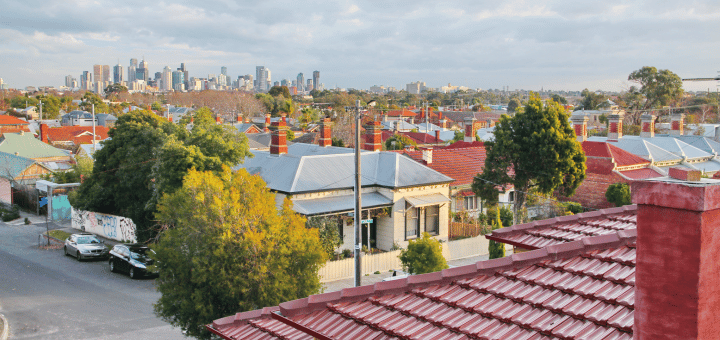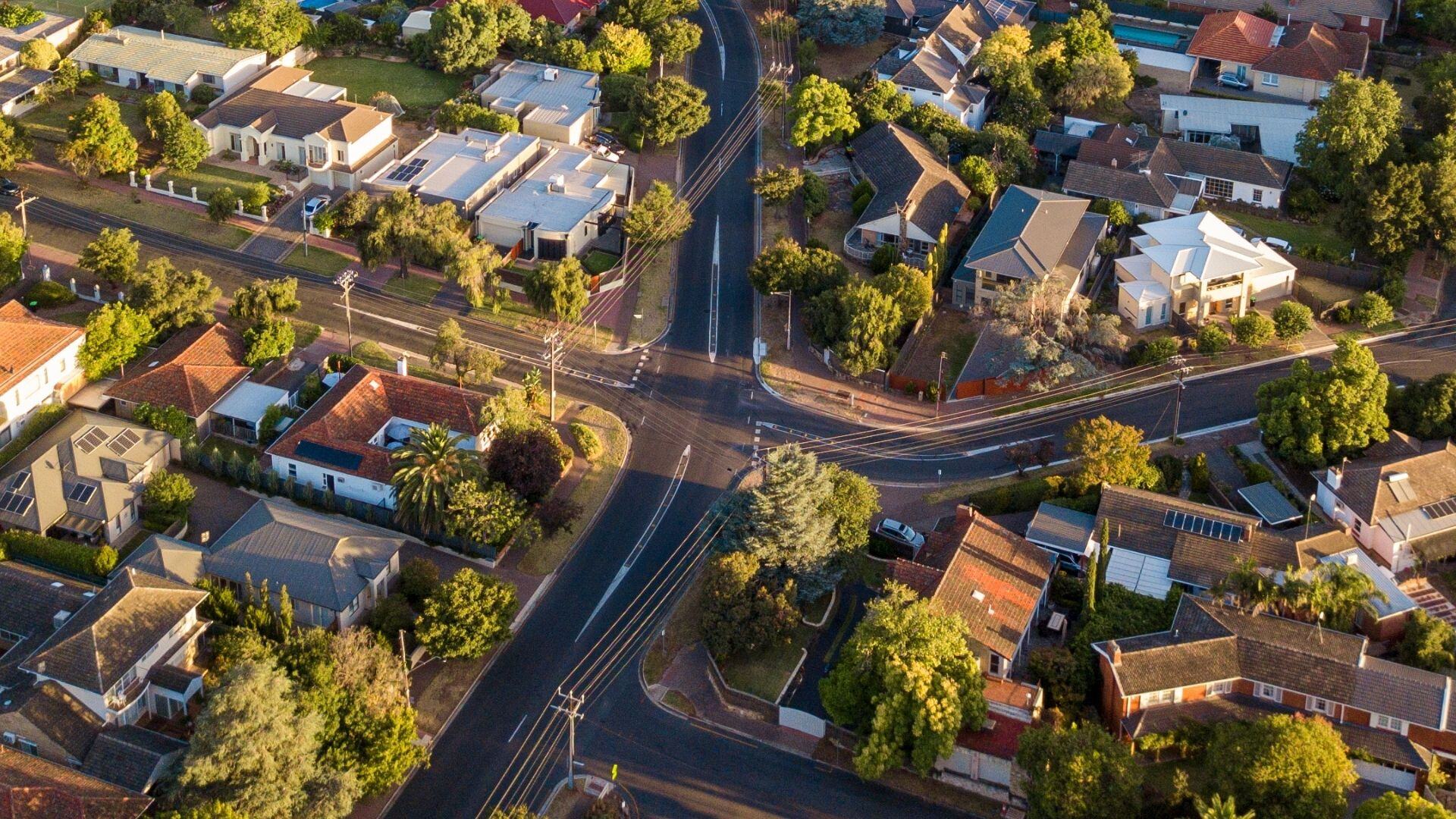BLOG
Rents on the rise
Rents on the rise
In my previous article, I looked at the amazing result from the 2016 Census, that showed housing loan repayments across the country, and particularly for first home buyers, have not increased over time. In fact, for some groups, they have decreased significantly.
Some of the comments on that post related to the fact that, with current low-interest rates, it’s not so much the repayments that are the problem, but the barrier to entry into the housing market presented by the need for a big deposit. This is particularly severe in Sydney and Melbourne.
More people renting in Australia
This increasing barrier to entry could explain why nationally, the 2016 Census showed the proportion of households renting rising to 29.4% of households, up from 28.7% in 2011 and 27.2% 10 years before, in 2006. This is despite an increase in “Not Stated” for tenure type, driven by greater imputation in the 2016 Census.
So more people are renting, and this is particularly the case in Sydney, where it’s gone from 30.4% to 32.6% in 5 years, and now represents the largest single tenure type.
So in a very real sense, in many areas, to talk about housing affordability requires a look at renting, and how much people are paying. It’s no use having very low mortgage repayments and interest rates if people are paying so much on their rent they can’t afford to save for a house.
It’s worth mentioning of course that not everyone wants to save for a house, and some people rent by choice. Renting offers a flexibility which home ownership does not, and people are increasingly taking advantage of the tax benefits of housing purchase by buying an investment property while renting themselves. And even though rents have increased, they are still lower than mortgage repayments.
Rents nearly doubled in 10 years
In 2016, the median weekly rent across all dwellings Australia-wide was $335/week, up by $50, or 18% from $285 per week in 2011, and $191/week in 2006 (close to doubling in 10 years). CPI rose by 9.6% in 5 years, so rents have increased about twice the rate of CPI. They are still lower than average mortgage repayments, which stand at $383 per week (ABS records these monthly, and rent weekly, but we have converted those figures).
There is generally a home ownership premium on housing in Australia – as well as paying stamp duty and a large deposit, mortgage payments have generally been higher than the associated rent for the same property, as a premium for being able to modify your property, not be subject to inspections and rent increases, and having security of tenure.
This is why we even have the concept of “Negative gearing”, where rent payments don’t cover the cost of the mortgage if you’re an investor. The fact that this is still the case, with such low interest rates indicates that rental yields have fallen quite a lot in many areas.
Here is a table showing median weekly rents, by state
| 2016 | 2011 | Change | % change | |
|---|---|---|---|---|
| New South Wales | $380 | $300 | $80 | 27% |
| Victoria | $325 | $277 | $48 | 17% |
| Queensland | $330 | $300 | $30 | 10% |
| South Australia | $260 | $220 | $40 | 18% |
| Western Australia | $345 | $300 | $45 | 15% |
| Tasmania | $230 | $200 | $30 | 15% |
| Northern Territory | $310 | $225 | $85 | 38% |
| Australian Capital Territory | $380 | $380 | $0 | 0% |
This shows that rents have increased in every state and territory, except the ACT, where they were exactly the same in 2016 as in 2011. The largest increases are in New South Wales, and the Northern Territory, up by $80 and $85/week respectively.
States like Tasmania and South Australia, which have much lower rents, have also had more modest increases, though it’s worth noting that all increases (except ACT) are well above the CPI level.
Western Australia, while having the third-highest rents after NSW and the ACT, has had a relatively small increase, due to the end of the mining boom there.
Renters have lower incomes
We can also mention that renters’ incomes are generally lower than those with a mortgage.
So although mortgage repayments are higher, nationally, the average household with a mortgage pays 18.9% of their income on the mortgage, while the average renter pays 27.5% of their income on rent.
Of course, there are other costs associated with home ownership like stamp duty, deposit, rates and water etc. that aren’t taken into account here.
Here’s how it looks by state
| 1 | Median Rent | Median income for renters | % of median income on median rent | Median Mortgage | Median income for mortgagors | % of median income on median mortgage |
|---|---|---|---|---|---|---|
| New South Wales | $380 | $1,283 | 172,643 | 29.6% | $458 | 20.3% |
| Victoria | $325 | $1,217 | 26.7% | $399 | $2,046 | 19.5% |
| Queensland | $330 | $1,211 | 27.3% | $400 | $2,142 | 18.7% |
| South Australia | $260 | $907 | 28.7% | $344 | $1,928 | 17.8% |
| Western Australia | $345 | $1,310 | 26.3% | $460 | $2,239 | 20.5% |
| Tasmania | $230 | $797 | 28.9% | $300 | $1,744 | 17.2% |
| Northern Territory | $310 | $1,730 | 17.9% | $500 | $2,679 | 18.7% |
| Australian Capital Territory | $380 | $1,630 | 23.3% | $475 | $2,810 | 16.9% |
| Australia | $335 | $1,217 | 27.5% | $405 | $2,141 | 18.9% |
In every state and territory, households with a mortgage are on higher incomes than those renting, with the largest disparity being in the ACT. As a consequence, in every state and territory, renters pay a higher percentage of their income on rent, despite rents being generally around 20% lower than the equivalent mortgage.
The general rule of thumb is that anything over 30% of income on housing costs is considered housing stress, or generally unaffordable. As you can see, in NSW, the median renter is almost at this, and not far off in Tasmania and South Australia.
This may indicate where the problem lies with housing affordability.
Rents are high and take a large proportion of renters income. This makes saving for a deposit difficult, and provides a barrier to entry to the housing market. Once you’re in the housing market, the currently-low interest rates mean mortgage payments are not onerous, despite being a bit higher than rent.
Certainly, the increase in rents presents clear housing affordability challenges in many areas.
All the updated housing information from the ABS’ first release of 2016 Census data is now available in the community profile and social atlas tools for subscribed councils.
.id is a team of population experts who combine online tools and consulting services to help local governments and organisations decide where and when to locate their facilities and services, to meet the needs of changing populations. Access our local government area information tools here.
Glenn Capuano - Census Expert
Glenn is our resident Census expert. After ten years working at the ABS, Glenn's deep knowledge of the Census has been a crucial input in the development of our community profiles. These tools help everyday people uncover the rich and important stories about our communities that are often hidden deep in the Census data. Glenn is also our most prolific blogger - if you're reading this, you've just finished reading one of his blogs. Take a quick look at the front page of our blog and you'll no doubt find more of Glenn's latest work. As a client manager, Glenn travels the country giving sought-after briefings to councils and communities (these are also great opportunities for Glenn to tend to his rankings in Geolocation games such as Munzee and Geocaching).









